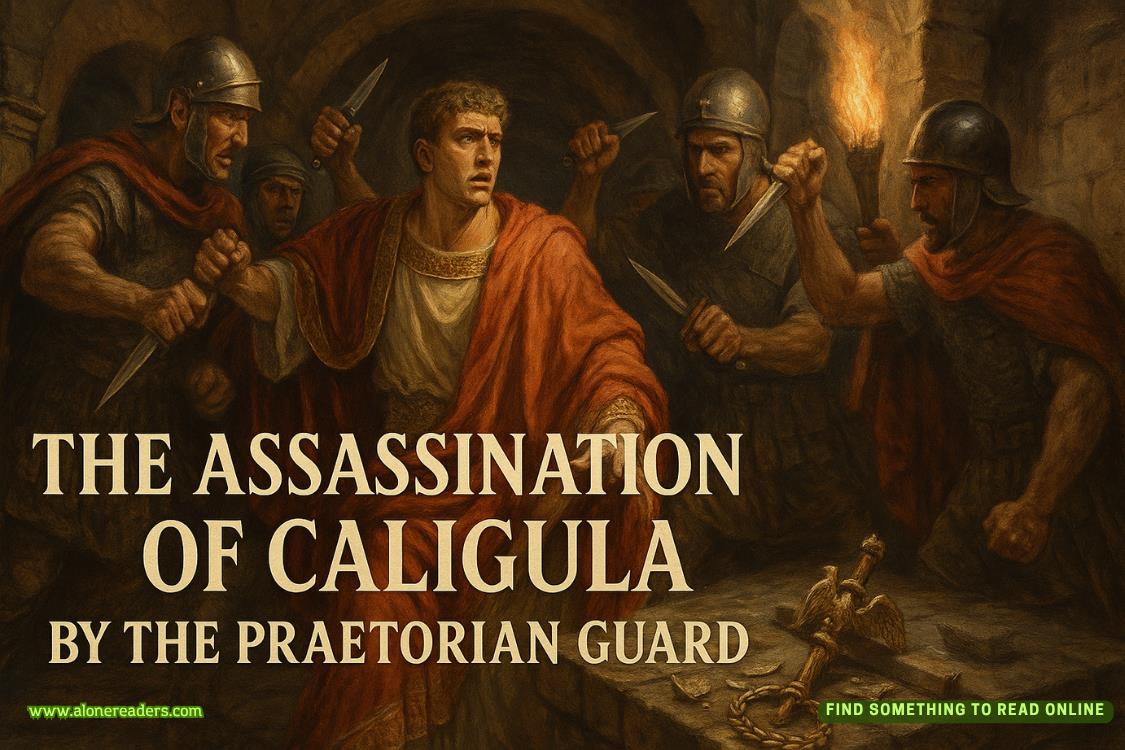Page 112 of Knot Their Fated M.U.S.E
His chest rises and falls with natural cadence that confirms safety despite my initial alarm.
We're sitting in what appears to be a forest.
The realization hits with wonder that temporarily overrides tactical assessment or strategic consideration.
Not the sterile corridors and reinforced barriers I remember from previous institutional navigation, but organic environment complete with towering trees, undergrowth that rustles withsimulated breeze, even the soft sound of running water somewhere in the distance.
The trees could be artificial—sophisticated replicas designed to provide psychological comfort while maintaining absolute control over environmental parameters.
But they look real, feel real, smell real with earth and growing things that speaks to authentic natural processes rather than manufactured simulation.
Light filters through canopy overhead with quality that mimics natural sunlight despite our clearly subterranean location. The illumination carries warmth and spectrum variation that suggests advanced engineering rather than simple institutional lighting, creating atmosphere that makes surveillance seem less oppressive despite continued containment.
How do they create sunlight underground? How do they make trees grow in institutional captivity?
The questions fascinate despite more pressing concerns about navigation and objective completion.
Six years ago, the Parazodiac consisted of metal corridors and reinforced chambers—unescapable maze designed for pure functionality rather than aesthetic consideration or psychological comfort.
This transformation suggests massive resource investment in environmental engineering that serves purposes beyond simple subject containment.
Psychological manipulation through artificial naturalism, perhaps, or enhanced surveillance capabilities that require organic camouflage rather than obvious mechanical observation.
Whatever the methodology, the result creates momentary sanctuary that feels precious despite its artificial nature.
Space where rest becomes possible rather than dangerous vulnerability, where natural rhythms can assert themselves despite institutional scheduling and systematic pressure.
But Riot's sleeping form draws attention away from environmental speculation toward more immediate concerns.
My heart skips as irrational fear suggests he might not be breathing, panic flooding my system before rational observation confirms the steady rise and fall of his chest beneath my cheek.
He's exhausted.
The recognition carries guilt alongside relief—understanding that my physical limitations and pharmaceutical recovery have forced additional burden onto someone already pushed beyond normal endurance through systematic combat and enhanced stress.
He's been carrying me literally and figuratively, providing protection and navigation while I drifted through sedated semiconsciousness.
I'm supposed to be the badass here. The strategist who planned this entire operation and recruited the team necessary for success.
Instead, I've become dead weight that slows progress and requires constant attention despite claims of enhanced capability and tactical superiority.
The reality stings worse than any physical injury—recognition that preparation and training couldn't eliminate fundamental limitations created through pharmaceutical intervention and institutional manipulation.
I shift slightly, testing whether movement might rouse him from much-needed rest. Perhaps I can scout the area while he recovers, identify potential threats or navigation opportunities that might facilitate continued progress toward our next objective.
But his arms tighten around my waist before I can fully disengage, unconscious response that speaks to protective instinct operating even during sleep.
The movement pulls me more securely against his chest while mumbled words emerge through whatever dreams occupy his resting mind.
"Should rest more."
The instruction carries authority despite his semi-unconscious state, alpha directive issued through subconscious awareness of omega proximity and potential vulnerability. Even asleep, he's monitoring my condition and responding to perceived needs with gentle dominance that makes my heart flutter with unexpected warmth.
"Are you awake?" I whisper, uncertain whether his words represent conscious response or sleep-talking triggered by my movement.
"Mmm," comes the noncommittal response as his arms adjust to hold me more comfortably against his relaxed frame.
The sound carries enough awareness to suggest partial consciousness—that liminal state between sleeping and waking where response becomes possible without full alertness or complete cognitive engagement.















